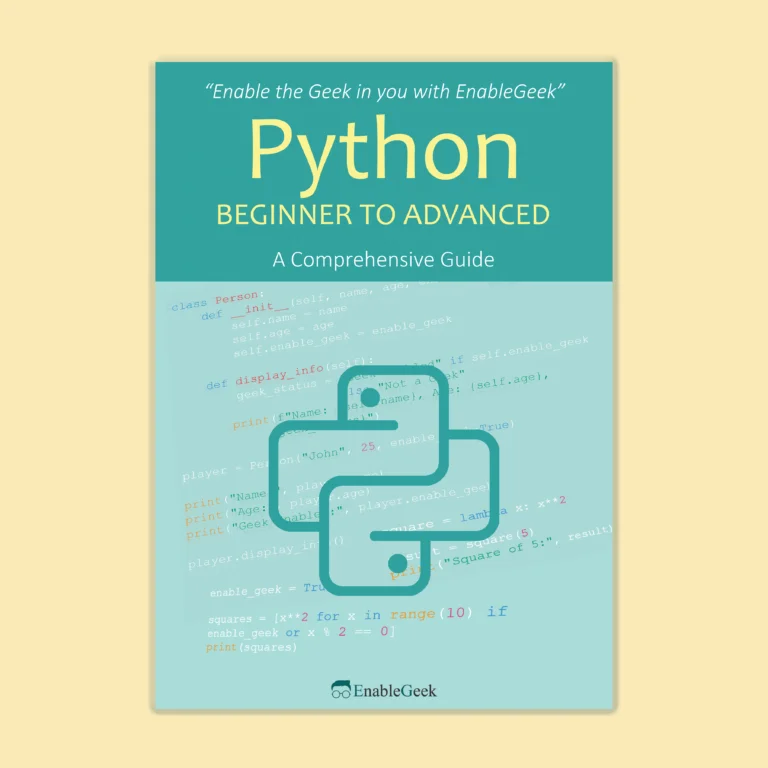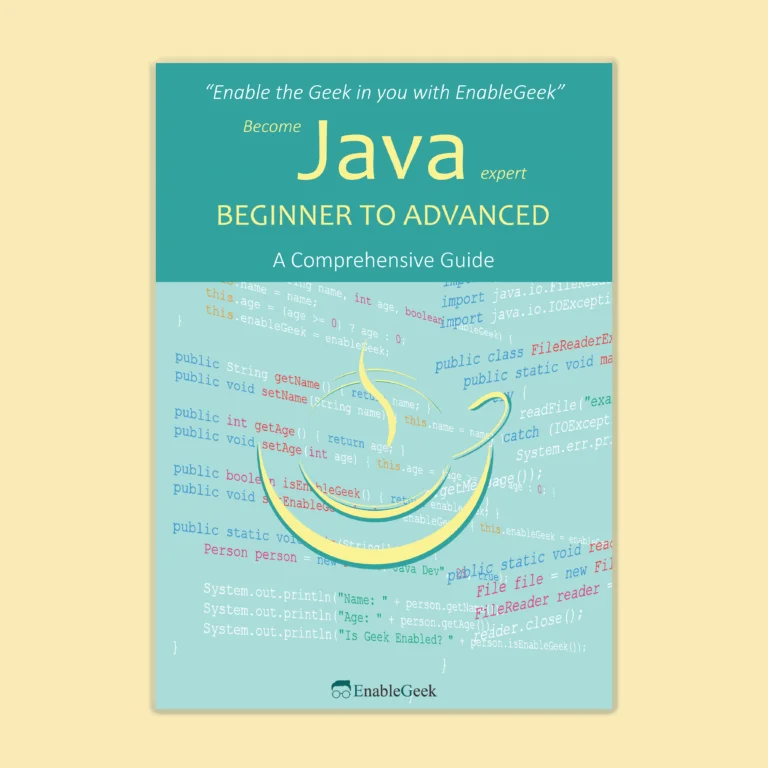About Dictionary
In Python, a dictionary is a collection of key-value pairs, where each key is unique. Dictionaries are also known as associative arrays, maps, or hash maps. They are similar to lists or arrays in other programming languages, but instead of using integers as indices to access elements, they use keys.
Dictionaries are implemented as hash tables, which allows for efficient lookups and insertion of items. They are also known as associative arrays or hash maps in other programming languages.
You can create a dictionary in Python by enclosing a comma-separated list of key-value pairs in curly braces {} or by using the dict() constructor.
Create specific key in a dictionary
To create a specific key in a dictionary in Python, you can simply assign a value to that key using the following syntax:
my_dict = {}
my_dict["my_key"] = "my_value"In this example, ‘my_key‘ is the key you want to create in the dictionary, and ‘my_value‘ is the value that you want to associate with the key.
If the key already exists in the dictionary, its value will be updated to the new value assigned. If the key does not exist in the dictionary, it will be created with the assigned value.
You can also create a dictionary with specified keys and values at the time of initialization using the following syntax:
my_dict = {"key1": "value1", "key2": "value2"}In this example, ‘key1‘ and ‘key2‘ are the keys that you want to create in the dictionary, and ‘value1‘ and ‘value2‘ are the values associated with the keys.
Check if a dictionary already has a specified key
You can use the ‘in‘ keyword to check if a key exists in a dictionary. For example:
d = {"key1": "value1", "key2": "value2"}
if "key1" in d:
print("Key exists")
else:
print("Key does not exist")
Replace a ‘key’ with ‘new key’
To replace a key in a dictionary with a new key, you can follow these steps:
- Create a new key-value pair in the dictionary with the new key and the value of the old key.
- Delete the old key from the dictionary.
Here’s an example:
my_dict = {'old_key': 'value'}
new_key = 'new_key'
my_dict[new_key] = my_dict.pop('old_key')
print(my_dict)
Output:
{'new_key': 'value'}In this example, we first create a dictionary with the key 'old_key' and the value 'value'. We then define a new key 'new_key'. We then create a new key-value pair in the dictionary with the new key and the value of the old key using ‘my_dict[new_key] = my_dict.pop('old_key')‘. Finally, we delete the old key from the dictionary using ‘my_dict.pop('old_key')‘.
The result is a dictionary with the old key replaced by the new key.
Quick Look up a dictionary keys
If you are using a dictionary in Python or a JavaScript object, you can look up keys quickly by using the built-in methods provided by the language.
In Python, you can use the ‘in‘ keyword to check if a key exists in a dictionary. Here’s an example:
my_dict = {"apple": 1, "banana": 2, "orange": 3}
if "apple" in my_dict:
print("The key 'apple' exists in the dictionary")
else:
print("The key 'apple' does not exist in the dictionary")
In this example, the ‘in‘ keyword is used to check if the key “apple” exists in the ‘my_dict‘ dictionary. If it does, the message “The key ‘apple’ exists in the dictionary” is printed. Otherwise, the message “The key ‘apple’ does not exist in the dictionary” is printed.
In JavaScript, you can use the ‘hasOwnProperty()‘ method to check if a key exists in an object. Here’s an example:
let myObj = {apple: 1, banana: 2, orange: 3};
if (myObj.hasOwnProperty("apple")) {
console.log("The key 'apple' exists in the object");
} else {
console.log("The key 'apple' does not exist in the object");
}
In this example, the ‘hasOwnProperty()‘ method is used to check if the key “apple” exists in the ‘myObj‘ object. If it does, the message “The key ‘apple’ exists in the object” is printed. Otherwise, the message “The key ‘apple’ does not exist in the object” is printed.



